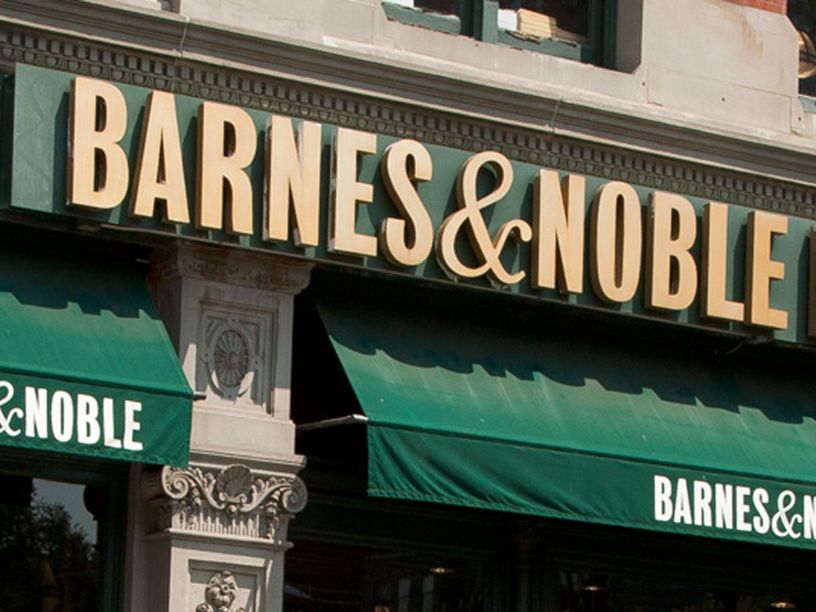Over the last few years, we’ve had a number of posts discussing the beleaguered Barnes & Noble, and what the future might hold for it under its current CEO. It’s just about time for another one.
A few days ago, Jane Friedman posted a discussion of B&N’s recent past and present. It’s interesting to look back and see just how many CEOs the chain has had since 2015, each one bringing with them a different vision for a new “concept store.” There were plans to try to become a “lifestyle brand,” or shrink their stores, or expand their cafe into a restaurant with full booze service, and pretty much anything except actually focusing on their core strength of selling books.
That seems to have changed under new CEO James Daunt, though—and its new ownership by capital management firm Elliot Management, that put Daunt in charge. Unlike previous CEOs, who hailed from all sorts of different non-bookstore-related industries, Daunt came with thirty years of experience selling books—not to mention a proven track record of rescuing one beleaguered bookstore chain already, the UK’s Waterstones. If anyone could pull B&N out of its nosedive, surely it would have to be him.
And Daunt seems poised to make some fairly broad changes. In particular, he’ll be ditching the practice of co-op, under which publishers could pay for prominent placement of their books in stores across the chain. That kind of space-selling doesn’t work with Daunt’s vision of giving local store owners the autonomy to choose their own smaller selection of books tightly focused on the needs of their particular communities. This also meant the chain let go many of its book-buyers, some of whom had been in their jobs for decades.
Then there’s the Nook e-reader, which has a history of failing to impress after its first couple of years. However, James Daunt remains committed to it, and feels it should have a larger place in B&N stores. It remains to be seen whether he can do anything to save it—many of its problems may not be quite so easily addressed as the bookstores’. Still, saving the bookstores means saving another Amazon competitor device line by extension, so hopefully he can pull both off. For all that I’ve suggested the Nook may not be long for this world, I’d rather have Nooks around than not.
But it looks like we’ll have to wait a little longer to find out exactly how these changes are going to work out for Barnes & Noble. While Daunt was able to use the downtime from the COVID-19 shutdown to revamp stores to his new specifications, the reduced foot traffic from this new era of social distancing will make it harder to get a read on what it will mean for business. It may not help matters that many former regular B&N customers could have gotten used to the ease and convenience of ordering from Amazon during this time, and would still prefer not having to venture out into the virus-laden wilds even after everything fully reopens.
Still, I wouldn’t count Daunt out. For the first time in years, B&N has an experienced bookstore operator at the helm, and he certainly seems to have some good ideas. And the publishers will have a strong incentive to work with him, as they simply can’t afford to lose that much retail shelf space again.
Maybe sometime in the next few days, I’ll see about getting out to one of the Barnes & Nobles near me and checking out what the store looks like now. It will be interesting to see if I notice any difference from previous times I’ve been there.
If you found this post worth reading and want to kick in a buck or two to the author, click here.

